Discussing our favourite unexceptional French classics among the Hagerty team, we set upon a problem: Most French cars are inherently quite interesting.
We’ve always used the term “unexceptional” slightly tongue-in-cheek. The reason people turn up year after year to the Festival of the Unexceptional in these increasingly rare examples of ordinary, everyday cars is because there’s a lot of fondness for the misfits and survivors, and their rarity and condition makes many of them exceptional by definition.

When it comes to French cars though there’s a different problem. French manufacturers have a history of going their own way, engineering or styling cars in a manner that makes even humdrum everyday models unique, or bestowing them with significantly above-average ride and handling qualities.
A Citroën BX provides the perfect case study. A now-rare 1980s family hatchback is on its own prime unexceptional territory, but one styled by Gandini and riding on hydropneumatic suspension – and if it’s an early one, also possessing a rotating drum speedometer and a bar-graph tachometer – suddenly makes it sound more interesting than most supercars. (If you own a BX though, don’t worry – it’s still more than welcome at the Festival!)
So you see our conundrum. Below we’ve selected eleven French vehicles that we think fit the grade. Just don’t be too hard on us if they seem just a bit too exceptional…
Renault 14
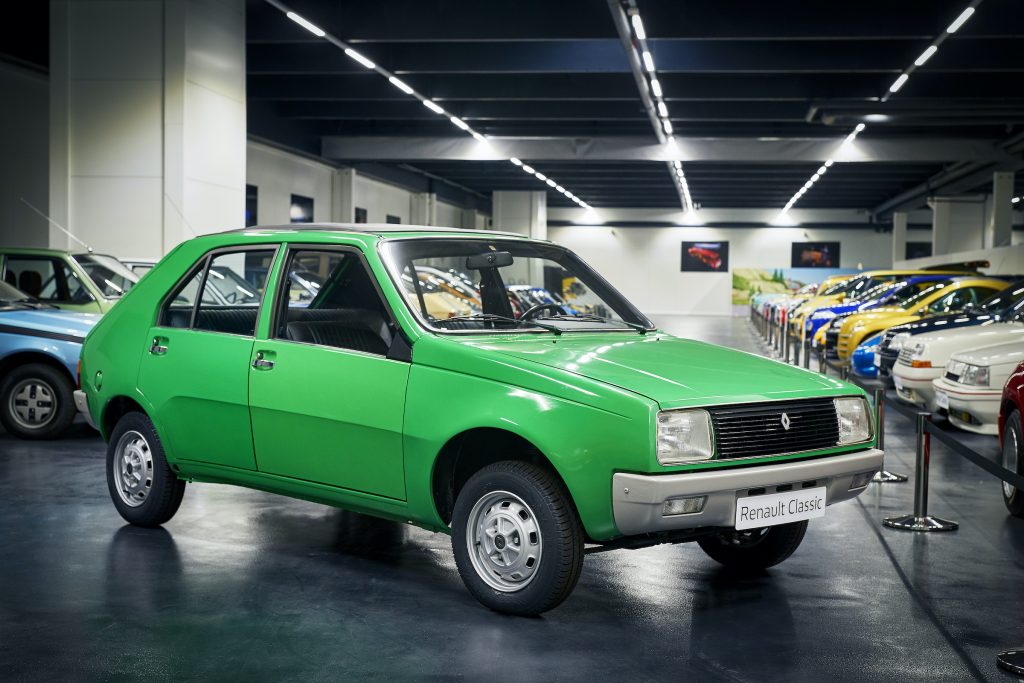
Ah, La poire. Perhaps not the greatest marketing strategy of all time, comparing your car to a fruit that tends to rot quite quickly. We can see what Renault was going for though, the pear-like shape implying maximum space for people and luggage and a minimum dedicated to mechanicals.
Volkswagen had got there a couple of years before with the Volkswagen Golf, and Giugiaro’s shape was undoubtedly sharper than Renault’s in-house effort, though you might argue, with its flush bumpers and rising waistline, that the Renault was more forward-thinking.
Sadly, it hasn’t proved as persistent as the Golf; you can count those left in the UK without even having to take your socks off.
Citroën LN/LNA
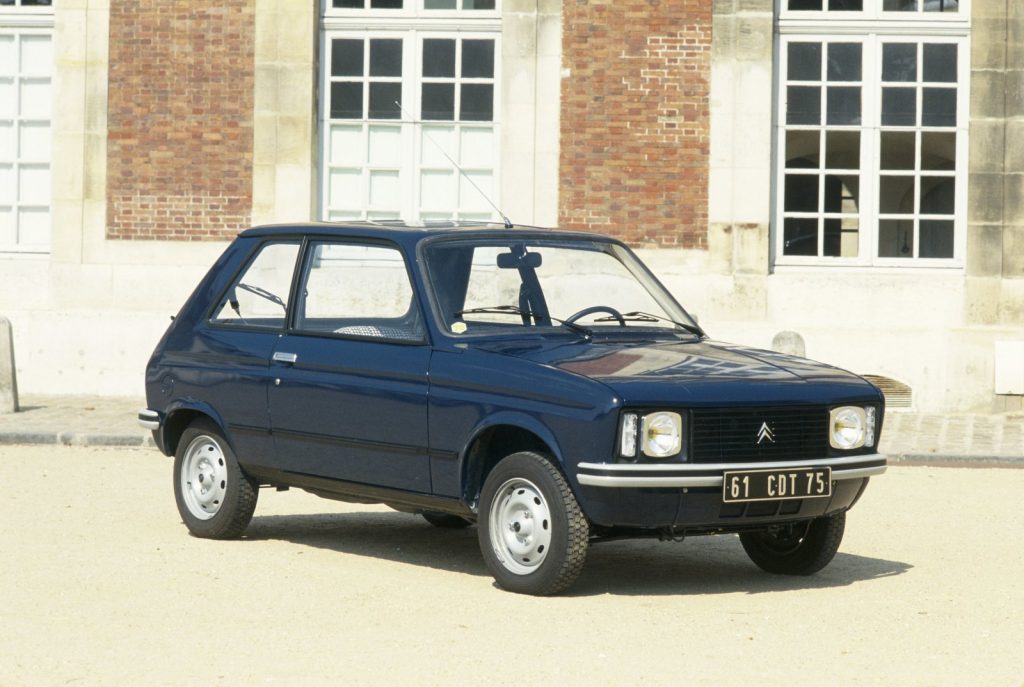
Citroën was in dire straits in the 1970s. Peugeot acquired a shade of the company in 1974 before expanding its stake in the now-bankrupt firm in 1976. What followed was a period of rationalisation, and one which is viewed with mixed emotions by Citroënistes.
Cars like the LN and LNA are the reason why. Introduced in 1976 to replace the Dyane, the LN was… basically just a Peugeot 104. Technical novelties like interconnected suspension and roll-back roofs were gone in a flash, along with any vestige of the brand’s character. The LNA of 1978 provided more power but no more intrigue.
Citroën did bounce back with the more inventive Visa launched in 1978, and the BX and XM during the 1980s, but the LN and LNA’s rarity today shows how few people cared. There’s no more appropriate venue for the ones that are left than the Festival of the Unexceptional.
Renault 9 and 11
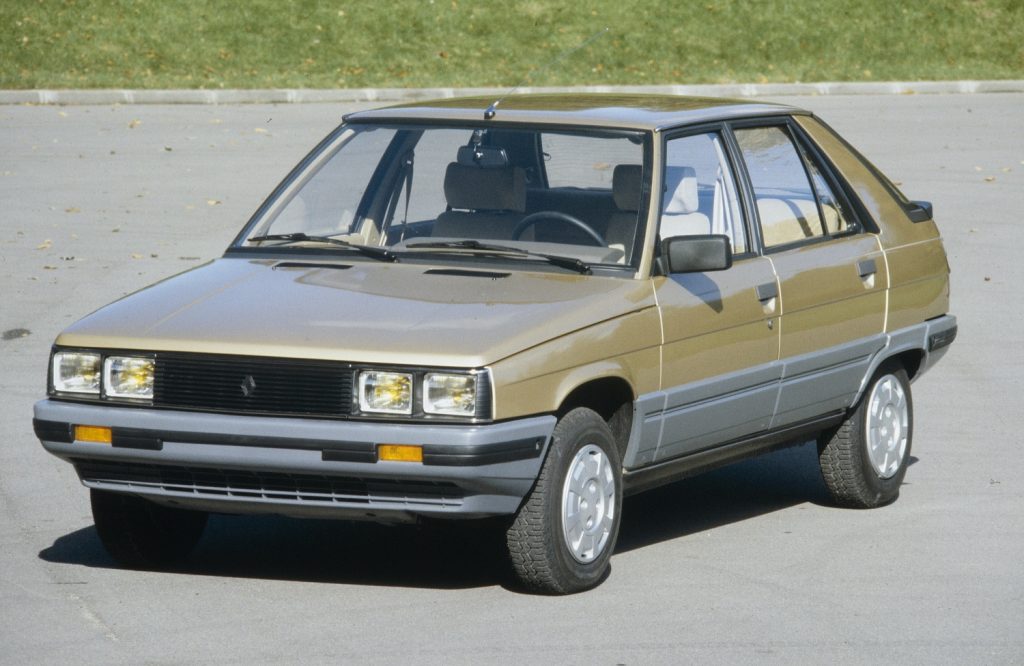
Viewed from the outside, the 1980s was a strange time for Renault. On the one hand, the brand was heavily involved in motorsport – Formula One, in particular – and was exercising its link with road cars through a string of entertaining turbocharged models. And on the other, the models those Turbo cars were based on had little of the panache or personality of Renault’s historic models like the 4CV, Quatrelle or Dauphine. The 9 and 11 were endemic of Renault’s play-it-safe approach during that decade.
Viewed with four decades of hindsight Robert Opron’s saloon and hatchback duo have as much personality as any rival from the era, but at the time they were pretty much the definition of unexceptional.
With little real following they’re nearly extinct today in the UK – fewer than 100 remain of each – but both make usable classics today.
Simca-Talbot Horizon
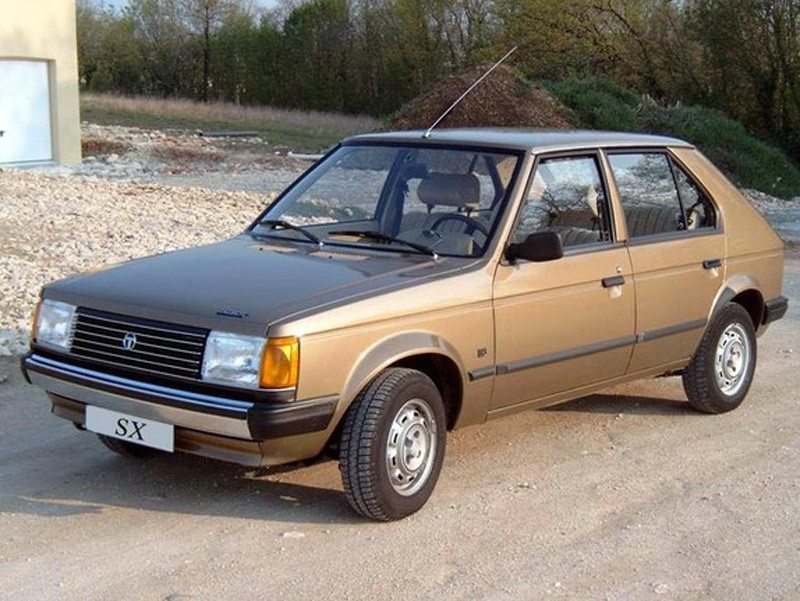
A true automotive misfit, the Horizon was conceived in the roiling mass of brands that was the Peugeot-owned Chrysler Europe. It sits in the automotive timeline between cars as diverse as the Simca 1100 and Hillman Avenger, yet was succeeded by the Peugeot 309.
It even had cousins on the other side of the pond, such as the Dodge Omni – a car that would be viewed even less fondly in the US than it already is, were it not an early and intriguing proponent of the hot hatch concept, in the form of the GLH “Goes Like Hell” and barmy 174bhp, turbocharged Shelby GLHS models.
Nothing so interesting as 174bhp for regular Horizons though; the extent of its innovation came in the form of a briefly intriguing trip computer. If you own a Horizon and plan on bringing it to the Festival, we’d love to see that trip computer in action.
Peugeot 309
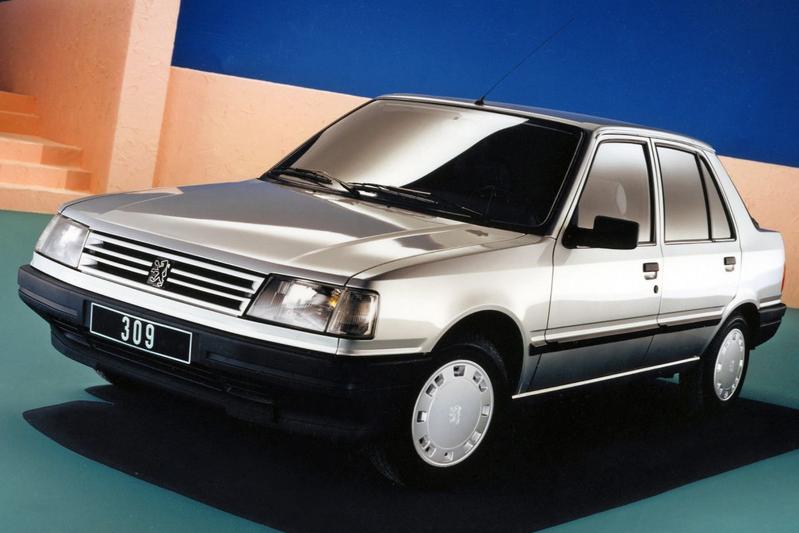
Best remembered as a curious and slightly larger alternative to the Peugeot 205, the 309 was originally intended as a replacement for the Talbot Horizon (above). Replacing unexceptional with unexceptional is clearly a theme for French family cars, with Renault’s sequence of 14, 9/11 and 19, and Citroën’s ZX and Xsara.
Peer closely and the 309 certainly lacks the flair of the 305 it replaced and the 306 that succeeded it, and indeed of the 205 it ran alongside. It’s all a bit blocky, even if sporty models did jazz things up with coloured stripes and pepperpot alloys.
In the 309’s favour though, it handled just as neatly as other Peugeots (some say better than the 205, with less propensity for steering from the rear), and has lasted better than many of its peers; tidy 309s are still easy to find, even in fairly basic levels of specification.
Citroën ZX
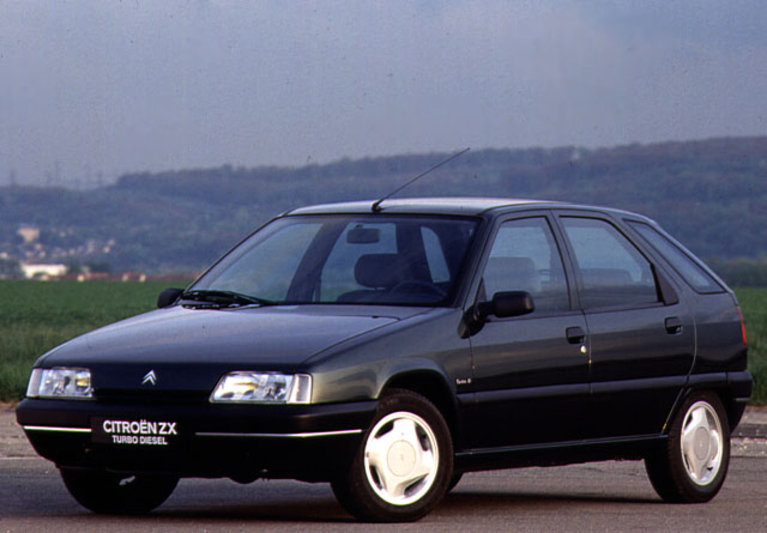
The Citroën ZX was not a bad car. In fact, it was a very good one back in its day, with much of the handling flair of the Peugeot 306 that arrived three years after the ZX’s 1990 introduction, a practical cabin, and better build quality than many Citroëns until that point. Later down the line, the ZX also provided us with a selection of impressive hot hatchback variants such as the Volcane and GTi.
But you need to remember what Citroën had been making before to understand why the ZX is so unexceptional. It effectively replaced the BX, which itself had substituted the wildly individual GS. Car magazine published a sprawling editorial in June 1991 on how little progress modern cars had made, and a ZX was among them, applauded for its quality and ability but derided for being so generic next to its GS ancestor.
In retrospect Car probably jumped the gun: the ZX ended up being replaced by the even less imaginative Xsara.
Renault 20
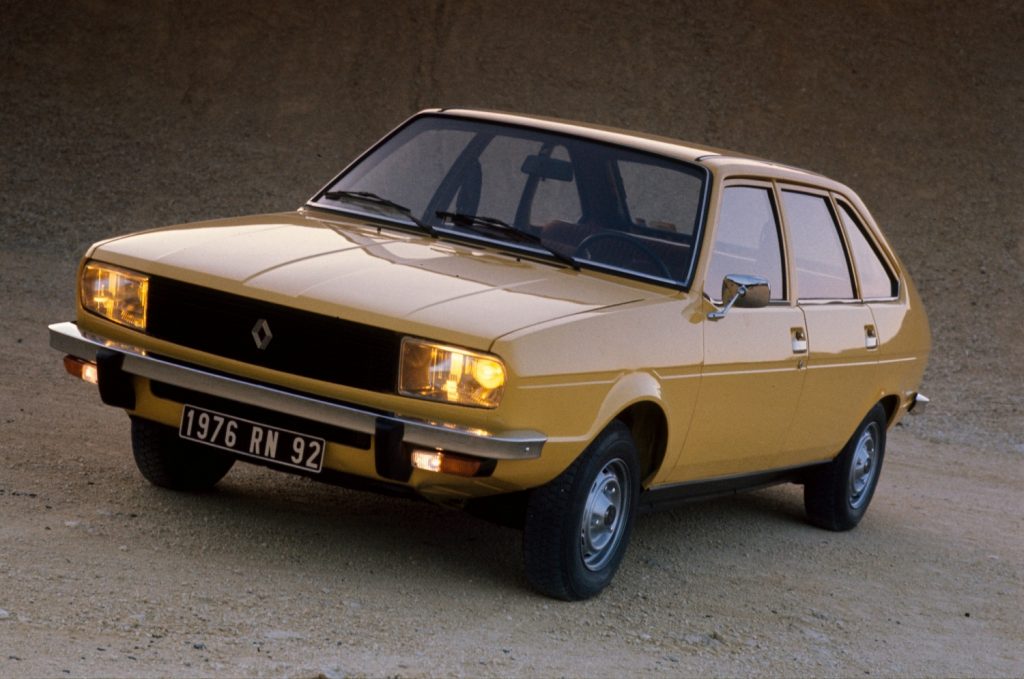
Whole books could be dedicated to the runaway commercial failures that are French executive cars, though if marks were awarded for effort then all of the major brands would score highly indeed.
Precise figures are difficult to come by but it’s likely no more than a dozen Renault 20s remain in the UK and just a handful more of the V6-engined 30. Not that they must have sold in huge numbers in the UK to start with; just a decade after production ended in 1984, numbers on the road were only in the mid-hundreds.
Like many large and floaty French conveyances though the 20 had niche appeal. It was a hatchback, predating the current trend for luxurious “four door coupés” like the Audi A7 by whole decades, and was the basis for Renault’s first diesel-engined road car. There can be few more comfortable ways of arriving at the Festival.
Peugeot/Citroën “Eurovans”
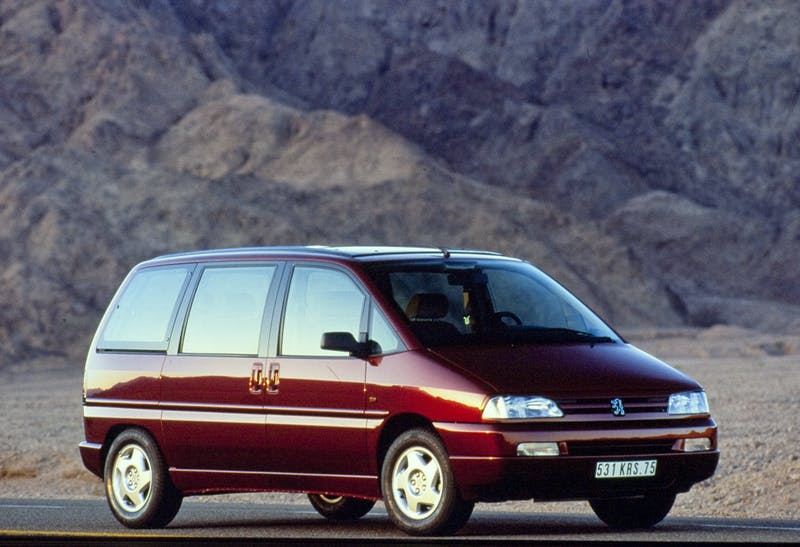
Matra originally pitched its “monospace” P18 prototype to PSA Peugeot Citroën. PSA didn’t bite, but Renault did and the result was the Espace of 1984. After a slow start the Espace then became wildly popular, making PSA’s response in 1994 with the formulaic Peugeot 806 and Citroën Synergie look somewhat sheepish.
PSA’s project was a joint effort with Fiat and Lancia whose own Ulysse and Zeta were nearly identical, and collectively they’ve become known as the “Eurovans”. What they did offer over the Espace (now in its second generation) was a pair of practical sliding doors, and the dash-mounted gearshift was a neat space-saving touch.
The Renault though was more versatile – surely the point of this new breed of multi-purpose vehicle – and its styling less like an actual van. Their unexceptional appeal today is bolstered by the fact the MPV segment has virtually died out – but the boxy Eurovans are as useful as ever.
Talbot Tagora
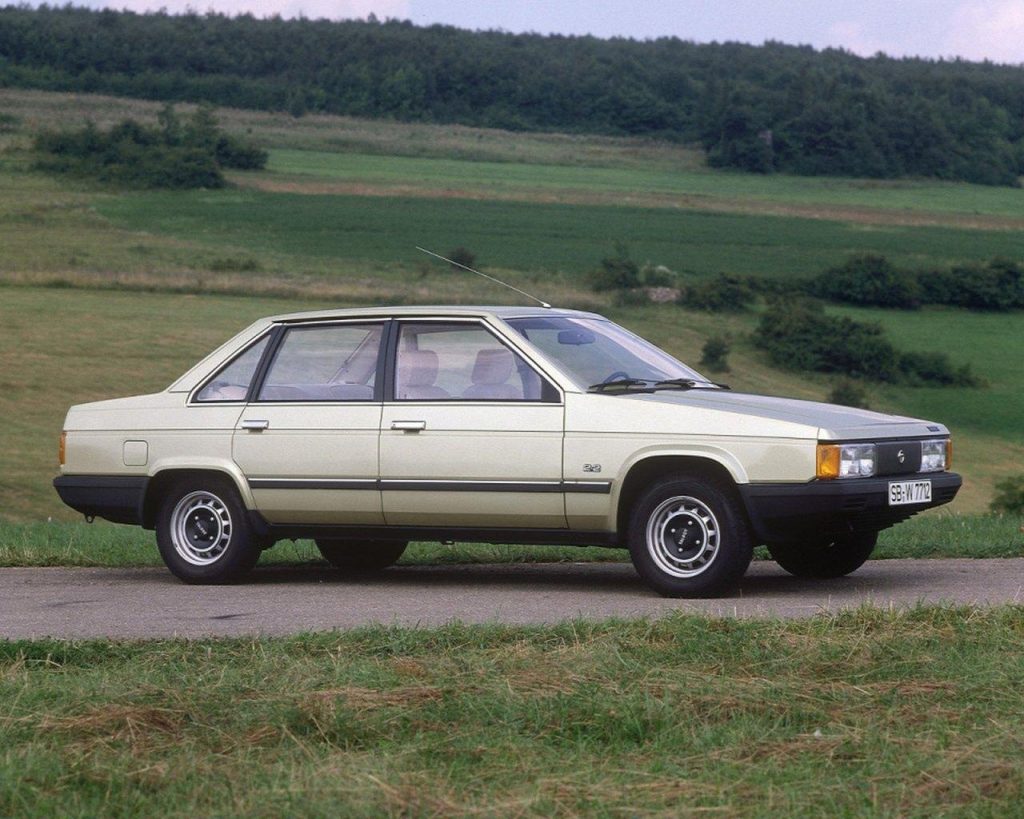
“My initial response to the Tagora, regardless of which model, was to wonder who could want it” wrote motoring sage LJK Setright in the May 1981 issue of Car. As ever from Setright an astute observation; there are, so far as we can tell, no Tagoras of any form left on the road in the UK.
Another product of Chrysler Europe under PSA’s tenure in the 1980s, the Talbot Tagora majored on space (four-cylinder and V6 engines didn’t trouble the cabin area as much as the straight-sixes offered in equivalently-sized BMWs and Mercedes), and it was easy to drive.
What it lacked was much of a reason to buy it over the equivalent Peugeots and Renaults, Fords and Vauxhalls, and the lower-end stragglers from the German brands. If you find one in a barn or lock-up, save it: unexceptional it might have been, but any remaining Tagoras need preserving if only for posterity.
Peugeot 1007
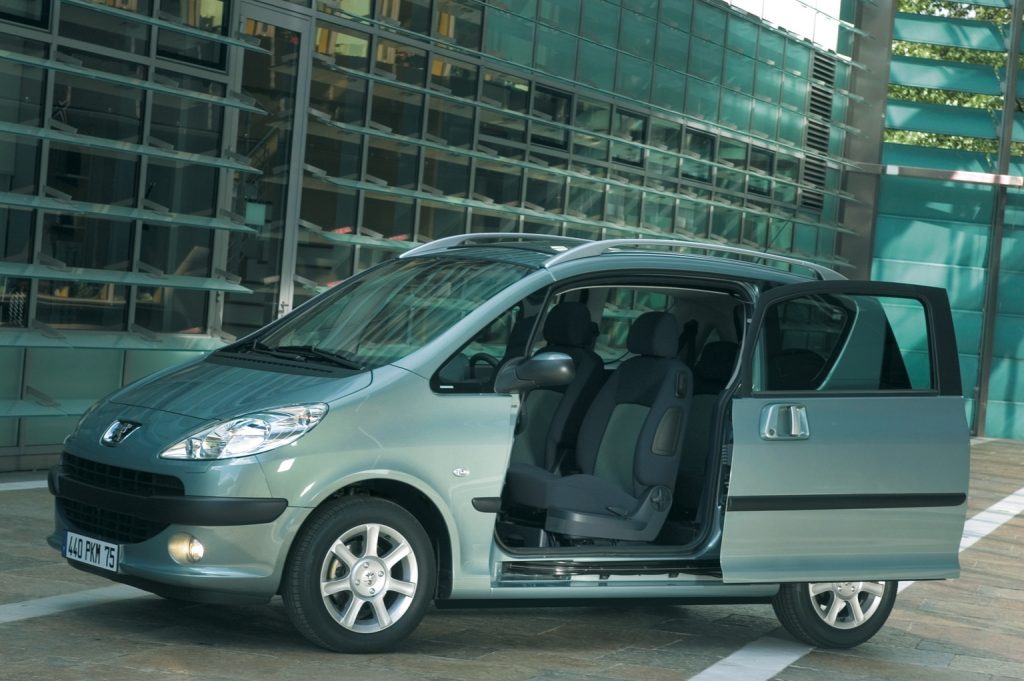
The 1007 was one of those cars that made us question the term “unexceptional”. Compared to say, a Peugeot 205 or a 106, the 1007 that arrived in 2005 was neither pretty, nor particularly enjoyable to drive, the latter partly on account of its kerbweight which was almost 1300kg. It was not an exceptional car, certainly.
But there’s one thing that defines this odd little supermini, and explains its weight and odd styling: sliding doors. Peugeot didn’t get there first with that feature in a small car (Toyota beat them to it with the aptly-named, but Japan-only Porte in 2004), but it certainly helped it stand out. And it made access to the front seats in particular an absolute doddle.
The 1007 is, admittedly, a little new for the Festival of the Unexceptional, but we’re pitching this one as a future Festival favourite. Provided you can find one whose electric sliding doors still operate, anyway…
Citroën Berlingo/Peugeot Partner
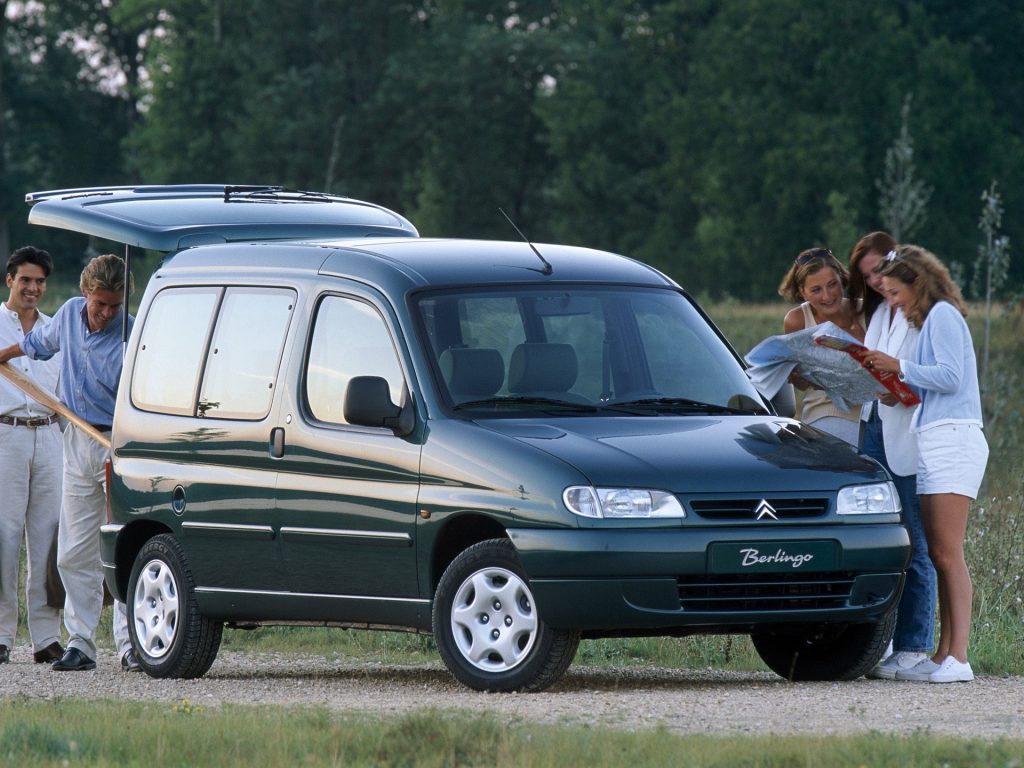
The earliest Berlingos and Partners debuted in 1996, bang on the cut-off year for entry into the Concours de l’Ordinaire at the Festival of the Unexceptional. And a perfectly preserved version of Citroën and Peugeot’s ubiquitous van is, a quarter-century down the line, exactly the kind of vehicle that piques our interest.
Like many PSA products of the 1990s, there’s little technically intriguing about the Berlingo. Powered by a selection of modest petrols and diesels and related to the Citroën ZX and Peugeot 306, it was typical of small European vans and built primarily for a life of servitude.
The attrition rate of working vehicles does lend it some unexceptional interest though, since clean survivors are now rare. There’s also a sense that, particularly when passenger versions were introduced later, it was a spiritual successor to some of France’s most significant cars, like the Renault 4L: rugged, practical and unpretentious.
Also read
Unexceptional classics: Executive car edition
Bland of the rising sun: 13 unexceptional cars that put Japan on the map
Magnifique! 60 years of the world’s most-loved Renault









